Alastair Macaulay sees a world in which you become the universe
OrchestrasThe former chief dance critic of the New York Times reviews a timely new tribute to humanity at the Barbican:
by Alastair Macaulay
The pure, simple, and love-suffused beauty of “Song of Songs”, the hour-long Pam Tanowitz creation now making its European debut at the Barbican Theatre, is not of the knock-your-socks-off kind. It’s a hushed piece, to a largely soft score by David Lang for three women’s voices and three instrumental musicians (strings and percussion). There are no multiple turns or acrobatic lifts; the seven dancers are barefoot. On Wednesday, the Barbican audience responded with only muted enthusiasm. Throughout that hour, however, I kept wanting to sob aloud in sheer wonderment.
This is the “Song of Songs” that is the great Judaic love poem, known to some of us from the Old Testament as the Song of Solomon, the great outpouring of human love that changes our sense of Judaic-Christian religions when we recognise that they give time and space to love so rapturous. In Lang’s setting, the words are sung in gentle wonderment, the short phrases (so many of them starting with “and”) chanted in terms of slow minimalism,, melodic half-phrases and harmonies following upon one another with the effect of an echo-chamber. The words express sexual love, often in terms of synaesthesia: both the beloved and the surrounding world are adored in terms of sight, sound, smell, and taste. This is love, expressed as if from inner stillness; as if transfixed; as if the surrounding universe all amounted to this single emotion.
Tanowitz’s breakthrough achievement in recent years has been an exceptional form of radical counterpoint. Here, as in other works (above all in her epic “Four Quartets”), her choreography is never on the music, sometimes travels through passages of silence, and yet co-exists with the music in harmonious ways that make us pay fresh attention to what we hear. Her use of space is never symmetrical; and though her deployment of her seven dancers sometimes includes three male-female couples, this is an ensemble work that also emphasises the lone individual, the single-sex group or line, and trios for two of one sex and one of the other. As in her more epic masterpiece, “Four Quartets” (2018), she shows the beauty of her dancers’ bare feet, sometimes in fast footwork, sometimes as if suspended in slow lifts or long, low extensions, often in quietly ecstatic, metric hops.
An Israeli friend (and Tanowitz admirer) with whom I recently watched a Balanchine programme in New York on October 5 wrote to me on October 8, on her way back to Israel after the recent Gaza deaths, “If the world can give us so much beauty, it must also give us a way to overcome all that pain.” I hope that she, Israel, and Palestine can all soon see “Song of Songs”, a work inspired by Tanowitz’s recent absorption in Jewish dance and Jewish identity but with some features shared with some other Near Eastern folk traditions – the chain dances not least.
“Song of Songs” also recalls the great precept of the Natya Shastra text that underlies the classic forms of South Asian dance in its emphasis on stillness within movement and movement within stillness. In one magical ensemble, the four women are grouped together, moving rapidly while staying on the spot, frequently pausing but never for long, their footwork and changes of head and arm positions all lighting up the space, while the three men circle them, both gorgeously and reverently.
Zachary Gonder, the group’s tallest man, has now come into his own: he sometimes covers wide tracts of space in seemingly slow jumps, or just opens his arms sideways into the air in ample ways that feel immense. Victor Lozano is an adult cherub, who can unfold his perfectly proportioned physique into a statuesque arabesque balance of ravishing linear beauty or bends forward to the floor while rippling his torso and arms in an image of sensual surrender; and when he hops, his arched feet are the company’s loveliest, seeming to have inner springs. The bearded Brian Lawson, the group’s most mature male presence, moves with beautifully stretched élan and wonderfully attentive absorption. His maturity is matched by the marvellous Melissa Toogood, who strikes some of the most arrestingly dark positions: a joyous, brilliant dancer who now can has gained poignancy too. The quiet, long-limbed Maile Okamura has the secret of suggesting both poignancy and ecstasy at the same time: a dancer who never addresses the audience yet for whom we find we care. Christine Flores, who has one of the work’s juiciest solos, is always riveting; in lifts, she lights up the whole air. And Kara Chan, alert and intent, is always vividly individual. This is a wonderful ensemble, marvellously unalike, as if they shared nothing but style, rhythm, spirit, and humanity.
There is no Romeo-Juliet gush here. Though there are many moments when the dancers gaze upon one another, they are not highlighted. There are no movements that seem radically new. But there are many simple steps that feel new-minted: a single off-balance turn, a stretching lift, a series of hops that change metre, a turning jump that arrives with a soft pounce, a heroically outreached balance. Whereas many works contrast solitude with company, “Song of Songs” does the opposite: its dancers shed the same glow whether with others or alone. Somehow this becomes a world: the world, in which the love of one human for another becomes a way of looking at the world and of being in the world, in which you, you, you become the universe.
(Barbican Theatre until October 14
www.barbican.org.uk/whats-on/2023/event/pam-tanowitz-and-david-lang-song-of-songs )

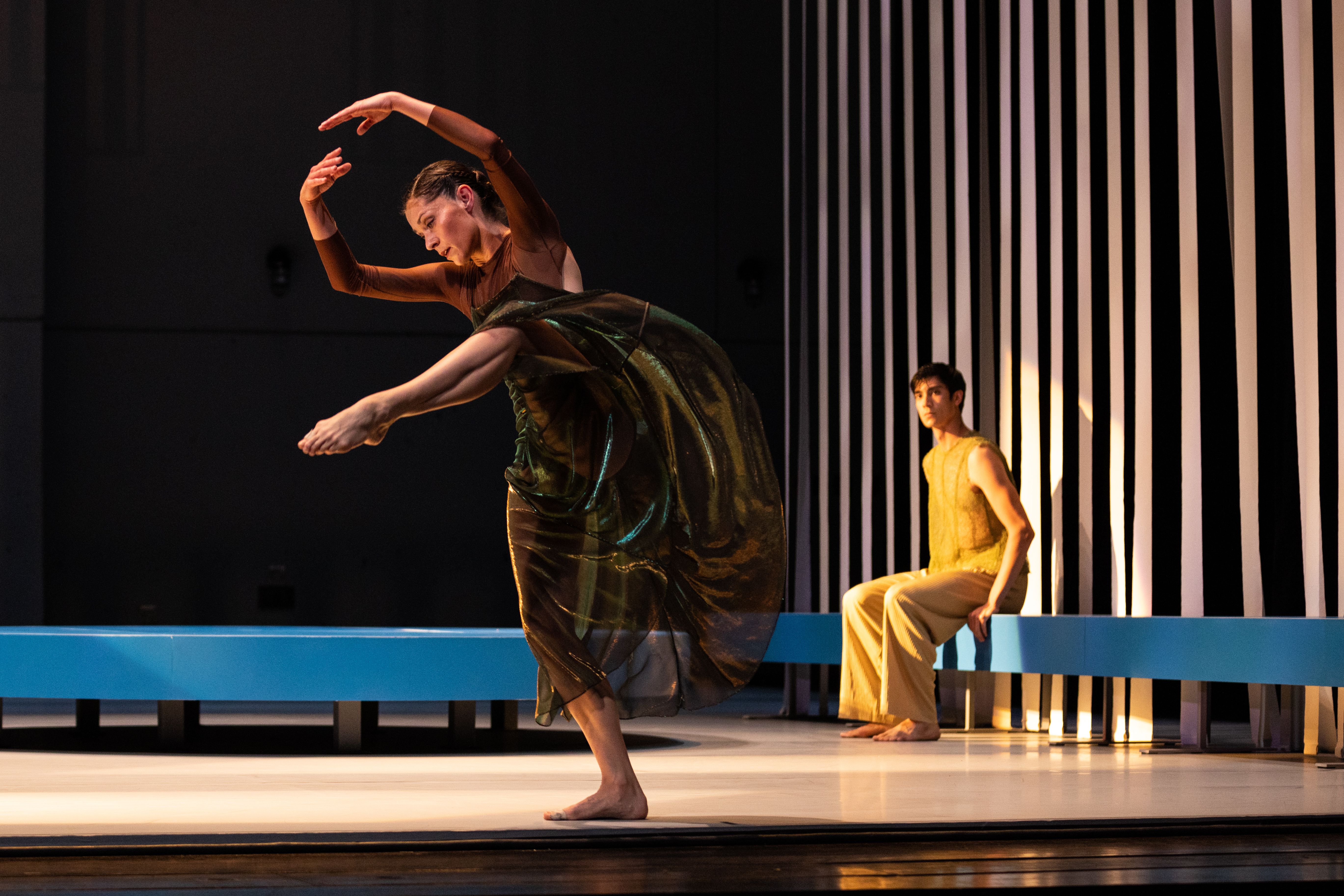
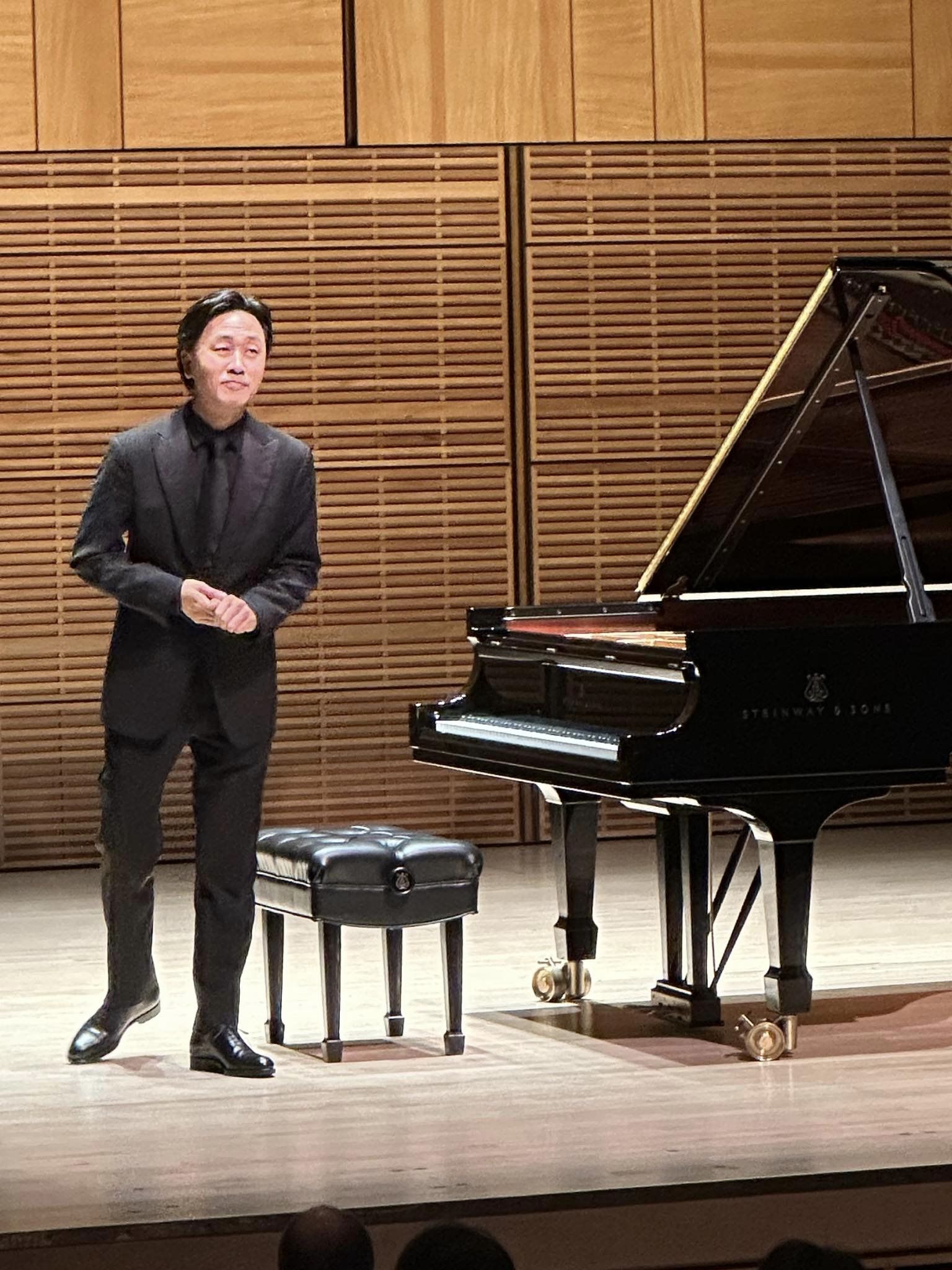
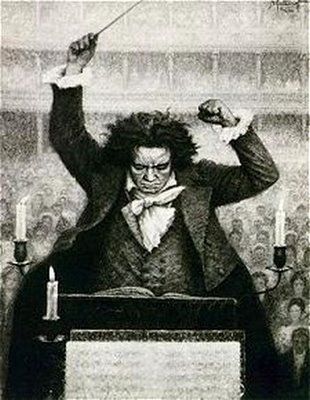
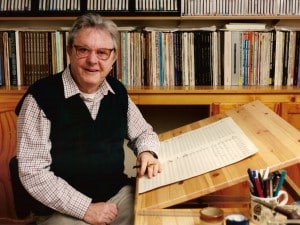
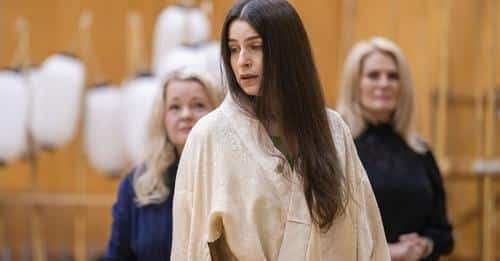
Most beautifully written
I agree — I read that and thought, “wow,” as well as wishing I could be there. But Mr. Macaulay did as much as any critic could toward putting me in that hall. Or at least he did what Kenneth Tynan said was the first duty of a critic: to report that it was like to be in a particular place on a particular occasion.